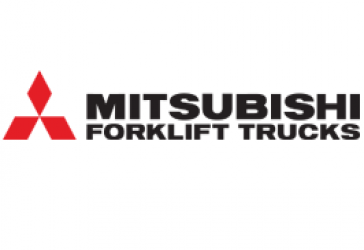
It’s obvious when you think about it. Tyres are what connect your truck to the ground, so anything that adversely affects their grip will also increase the risk of an accident- which is why it pays to keep a close eye on them.
There are several kinds of tyre checks you can implement:
First, is the daily check by the driver. Quick and easy, this involves examining the tyres and the tread for anything unusual; checking that the rims are damage- free and there are no loose elements in the wheel itself. Heacy wear and tear of damage is a useful way of alerting managers to hazards such as rough terrain or kerbs- in which case, remedial action can then be taken.
It’s also important to be aware of different tyre types. For example, if the truck has air- filled pneumatic tyres you need to inflate them to the correct pressure for the load they carry. Solid tyres, on the other hand, sport a wear indicator bar, which should we checked regularly.
Second, there’s the regular fleet check. This draws attention to excessively rapid wear, enabling managers to investigate and take measures if necessary.
Finally, tyres will be included in our annual inspection, which doesn’t just make sense- it’s a legal requirement.
Our conclusion:
Training your drivers to spot and report damage and hazards is the most effective way to increase the life expectancy of your tyres. Performed daily, it means that problems can be resolved quickly. Paying attention to your tyres in this way pays dividends in safety and in hard cash terms.
Action points:
– Deliver training on driver checks
– Implement hazard reporting system
-Schedule regular fleet checks.
